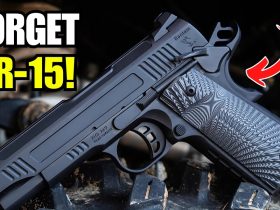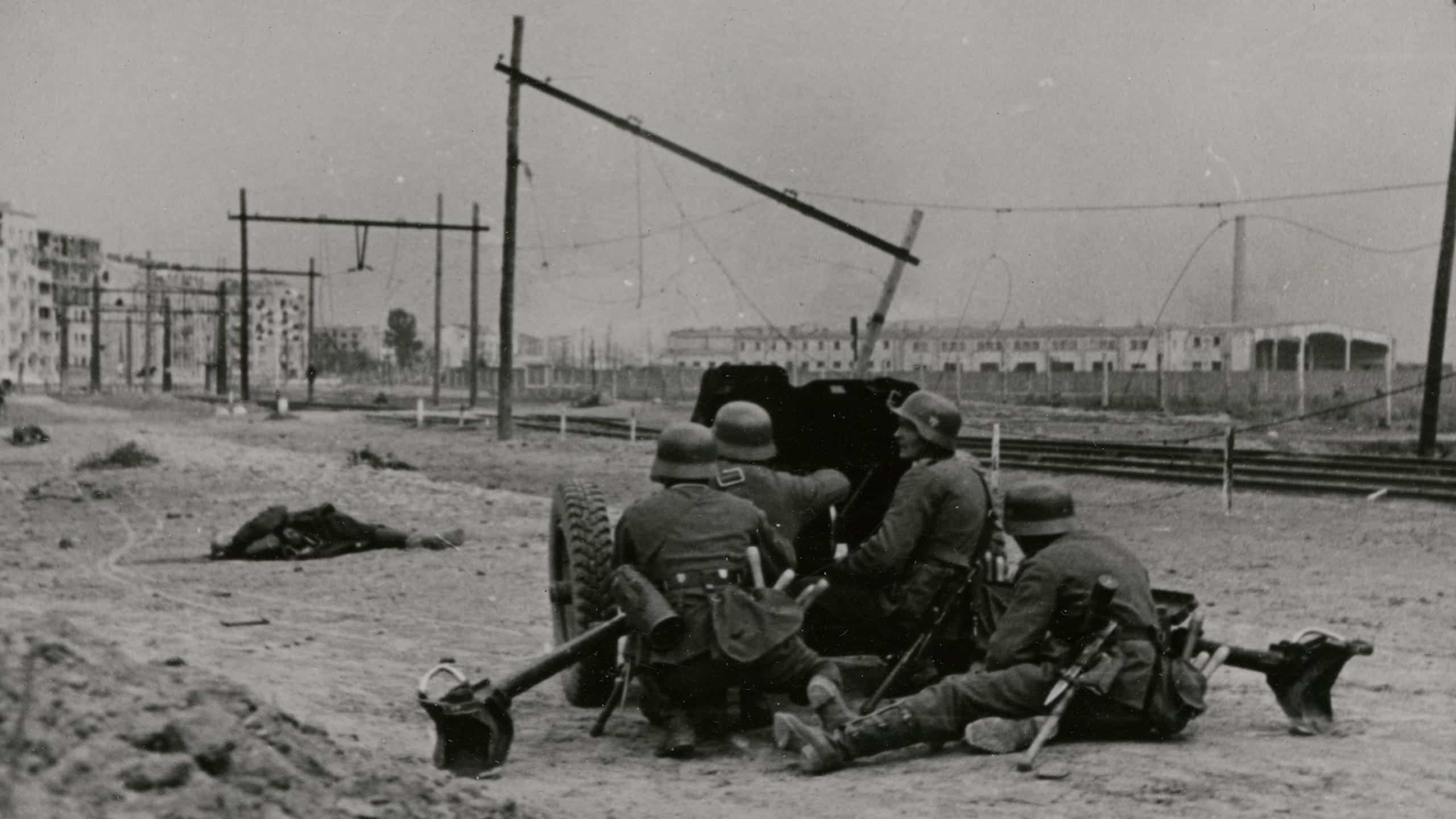The second part of optimizing the small frame EDC revolver is to use appropriate accessories for carrying it. This includes holster, belt, reloading device, and training aids. Concealed carry is a system of handgun, accessories, and shooter. Get the gear that makes them all work together.
Even with a lightweight handgun like a snub revolver, a good holster makes a world of difference in terms of comfort, convenience, and accessibility. Whether you choose to carry inside the waistband, on the belt outside the waistband, in a pocket or off body in a purse or other method, a high-quality rig to carry your snub is an investment in successful concealed carry.
Which Gear Is Best?
The NRA Personal Protection Outside The Home (PPOTH) course teaches the factors to be considered when choosing a holster for carrying a pistol. Those factors are concealment, access, retention and comfort. For a belt holster, the belt clips or loops should fit your belt closely so the gun doesn’t twist around or move on the belt. Plastic and spring belt clips can provide a convenient way to put the gun on or take it off. It is important, though, that the clip provides a hook that firmly secures the holster to the belt. This is a feature that is frequently lacking on the most inexpensive clip-on holsters. The last thing you want is to have the holster come out along with the revolver when a quick draw is required. That could result in a quick demise.
An often-neglected accessory is a belt substantial enough to support the holstered revolver. Many small revolvers are very lightweight, which leads to the temptation to wear a thin dress belt. Even a lightweight gun requires a belt at least 1 ¼ inches in width and reasonably stiff. Woven leather dress belts are an example of something that just won’t work well because they have no stiffness. A snub doesn’t require a heavy gun belt to support it, but it does need a belt with some substance.
The instances in which spare ammunition is needed are rare but when you need it, you need it badly. Fortunately, carrying a reload for a small revolver is not difficult. A speedloader is a good choice, but many shooters find them bulky to carry. Rubber loading strips have been around for a long time and make carrying spare ammunition easy. They drop into a pocket and are lightweight and flat. Their downside is that they require practice to use well. Practice with the revolver is where training aids come in.
There are several inexpensive training aids that make dry practice with a snub both safe and effective. Dry practice means working the revolver but not wanting it to fire. Dry cycling the trigger accomplishes two things. First, it smooths the interior bearing surfaces, which can have some rough spots here and there. This makes the action easier to cycle. Second, it accustoms the shooter to what the trigger pull is like and helps condition the trigger fingers. Just 10-15 trigger presses of a completely unloaded revolver a day for two weeks can make an amazing difference in the weight and smoothness of how the trigger feels.
Put It To The Test

The NRA Personal Protection Outside the Home (PPOTH) Skill Development Program is a series of follow-up exercises for that course. They lend themselves very well to dry practice with a revolver. Four of the exercises make up an excellent initial dry practice regimen. Do one exercise each day and then repeat them until the two weeks is up. The target is a standard piece of paper chest level high at 3-5 yards.
- Draw and engage the target 10 times,
- Draw and engage the target with the shooting hand 10 times,
- Draw the revolver, move backwards two steps, and engage the target,
- Draw and engage two targets about 3 feet apart 10 times.
Practice Dummy
 Many, perhaps most, people are very hesitant to dry practice with any firearm in their home for fear of having an unintentional discharge. This concern is both understandable and reasonable. Fortunately, there are easy to follow safety procedures and tools to prevent unintentional discharges. Before practicing, take the rounds out of the gun, count them, and then place them in a speedloader designed for the gun. If any holes in the speedloader remain open, the FBI calls that a ‘clue’ that the gun is not completely unloaded. Then place Zeta6 SafeSnap or clearly identifiable dummy rounds in the gun before dry practicing. When finished, do not immediately reload the gun. Do something else to remove dry practice from your thoughts and then reload it. Say “This gun is loaded” out loud as you load it and then immediately put it away.
Many, perhaps most, people are very hesitant to dry practice with any firearm in their home for fear of having an unintentional discharge. This concern is both understandable and reasonable. Fortunately, there are easy to follow safety procedures and tools to prevent unintentional discharges. Before practicing, take the rounds out of the gun, count them, and then place them in a speedloader designed for the gun. If any holes in the speedloader remain open, the FBI calls that a ‘clue’ that the gun is not completely unloaded. Then place Zeta6 SafeSnap or clearly identifiable dummy rounds in the gun before dry practicing. When finished, do not immediately reload the gun. Do something else to remove dry practice from your thoughts and then reload it. Say “This gun is loaded” out loud as you load it and then immediately put it away.
The dummy rounds are invaluable for learning to reload the revolver quickly. Most rubber strips require some ‘break-in’ when they are new. Practicing with them using dummy rounds will give the strips the break-in that they need. It will also make you familiar with how to use them proficiently.
Carrying your snub with the right gear makes it more comfortable, accessible, and concealable. Good accoutrements are a worthwhile investment.
Read the full article here

















Leave a Reply